66 F. high in the Twin Cities Thursday.
62 F. average high on October 8.
59 F. high on October 8, 2014.
.33" rain fell at KMSP yesterday.
October 9, 1970: Montevideo set a record low high of 35 degrees Fahrenheit.
October 9, 1938: Forest fires on the 9th and 10th claimed 21 lives in northern Minnesota.
Summer in Mid-OctoberNew Record High
on Sunday?
Wednesday
night I opened up a window in our bedroom to let some fresh air in.
Growls of thunder and strobe-flashes of lightning were a bit surreal. I
should be tracking frost, not thunderstorms, in October.
Low 80s here
on Sunday? Considering it could be SNOWING I'm grateful that summer warmth is hanging on. A 6 month boating season? Amazing.
On average MSP sees at least 1 day above 80F every October. Back in 2011 the metro experienced 11 days of 80F+ readings.
Unusual
late-season warmth is showing up in the atmosphere and the oceans. The
soggy remains of Hurricane Joaquin may soak Spain this weekend.
Hurricane Oho in the eastern Pacific may reach Sitka, Alaska as a
tropical storm by
Saturday. Tropical storms in Alaska? Haven't seen that before.
Interesting - and vaguely unsettling.
Expect comfortable sunshine today; your A/C may kick on over the weekend with mid-70s
Saturday. We may come close to the record high on 84F (1930)
on Sunday at MSP.
Temperatures
cool off next week, closer to average - but the GFS model prints out
more 60s into late October. What a strange and wonderful pattern.
80s in October?
AerisWeather meteorologist D.J. Kayser pulled up some stats on how
unusual 80F highs are in October and the results are displayed above.
Not as warm as 2011, but considering we could be scraping frost off our
windshields a welcome reprieve for many of us.
Sunday's Record Highs.
If the sun stays out all day (likely) we should at least see low 80s
Sunday; a 1 in 3 chance of breaking records at MSP and St. Cloud dating
back to 1930. Considering the sun is as high in the sky as it was in
early March that's pretty impressive. Source: AerisWeather.
Colors Peaking Up North.
This will be the weekend to head north and check out the colors from
Bemidji to Duluth; great splashes of color in the Brainerd and
Alexandria Lakes area, but only 25-50% of the trees have turned in the
metro area, still 1-2 weeks away from peak color. Source:
Minnesota DNR.
October Heat Spike.
Nearly all models have the MSP metro in the low to mid 80s Sunday
afternoon; the all-time record is 84F. We may come very close. Source:
AerisWeather.
More September than October.
We'll see a minor correction next week, possibly a frosty cold front
within 10-12 days (we're overdue). But at 4 PM Sunday low 70s push into
southern Ontario with some 80s over central and southern Minnesota. NAM
guidance: NOAA and AerisWeather.
Big Swings.
No mega-storms brewing for the Upper Midwest; not yet, but we'll see
bigger swings in temperature going forward (80s Sunday to 50s and 60s by
Tuesday of next week). There are signs of a stronger cold frontal
passage the week after next. My gut: a metro frost is less than 2 weeks
away, coming 2-3 weeks later than average for many suburbs. GFS
guidance: NOAA.
Already Poor Infrastructure Devastated by Historic Carolina Floods. The need for revitalized, reimagined, resilient infrastructure has never been greater.
U.S. News takes a look at what the federal government will and won't cover; here's an excerpt: "...
Long
before the historic floods of the past week, crumbling roads, bridges
and dams and aging drinking water systems plagued South Carolina — a
poor state that didn't spend much on them in the first place and has
been loath to raise taxes for upkeep. Now the state faces hundreds of
millions if not billions of dollars' worth of additional bills to fix or
replace key pieces of its devastated infrastructure. As the aftermath
of Hurricane Sandy and other disasters shows, the federal government
will cover much of the costs, but isn't going to pay for all of it..."
Photo credit above: "
In
this Tuesday, Oct. 6, 2015 file photo, pedestrians walk down Dorchester
Road at Sawmill Branch Canal as it begins to wash away due to
floodwaters near Summerville, S.C. Residents are concerned that the
Ashley river will continue to rise as floodwaters come down from
Columbia. South Carolina had problems with crumbling roads and bridges
and old drinking water systems and dams long before the historic floods
of the past week." (AP Photo/Mic Smith, File).
* Over $1 billion in damage from the Carolina flooding? Details via
GreenvilleOnline.
11 Trillion Gallons of Water Fell on the Carolinas in the Past Week. Here's an excerpt of a mind-boggling article at
USA TODAY: "...
The
rain caused catastrophic flooding in North Carolina and South Carolina,
which received 5.2 trillion gallons and 5.8 trillion gallons,
respectively, according to data gathered by WeatherBell meteorologist Ryan Maue. He says 11 trillion gallons would be enough to fill:
- 636 million swimming pools (16 x 32 feet each)
- 130,370 Rose Bowls (filled to the top)
It's
also about one-third the volume of Lake Tahoe. And, amazingly, it's the
exact amount needed to end the drought in California, according to NASA
calculations in December. However, getting all 11 trillion gallons in a
few days wouldn't be the way to get it..."
"1000-Year" Flood: Hyperbole or Hard Science? CNBC takes a look at whether the 1-in-1,000 year figure really holds up; here's a clip: "...
The
estimates vary depending on whether or not a region typically sees a
lot of rain. A community prone to heavy flooding will have a lower
threshold, measured in inches of rainfall, for a 1,000-year event. The
threshold for a 1,000-year event in Charleston County, South Carolina over a three-day period is 17.1 inches. The recent flooding in South Carolina actually surpassed this figure. It is of such a high magnitude, (there's been more than 20 inches of rainfall in some areas
and the total rainfall has been calculated at 4.4 trillion gallons of
water), that its probability of occurring was less than a 10th of a
percent...."
Photo credit above: "
Jeanni Adame
rides in her boat as she checks on neighbors seeing if they want to
evacuate in the Ashborough subdivision near Summerville, S.C., after
many of their neighbors left, Monday, Oct. 5, 2015. South Carolina is
still struggling with flood waters due to a slow moving storm system." (AP Photo/Mic Smith).
People May Risk Living in Disaster Zone if They Think Threat is Once-In-A-Lifetime Event. Australia's ABC Network has a curious article focused on new research results; here's an excerpt: "
Humans
may be willing to put daily pleasure ahead of the threat of long-term
disaster when selecting where to live, a new international study
suggests. Study co-author Professor Ben Newell, of the University of
NSW, said the research examined how people would react to being told of a
predicted increase in the risk of natural disasters with climate
change. Professor Newell, from the School of Psychology, said it was
surprising how little weight participants in the study gave to disaster
threat..." (Image: Conan Whitehouse).
Meteorologists Pegged the Epic South Carolina Flood Forecast Days in Advance.
The hurricane track forecast left something to be desired, but overall
NOAA and local forecasters did a good job focusing in on South Carolina,
as reported by
The Capital Weather Gang: "...
On
Thursday afternoon, the National Weather Service forecast office
serving western South Carolina wrote: “Historic…Potentially
life-threatening rainfall event expected this weekend.” It added, “Storm total quantitative precipitation forecast … is over 10 inches...”
The U.S. Needs a Solar Energy Revolution. But It's Laying Off Solar Energy Researchers.
The Washington Post has the story - here's a snippet: "...
It’s
the latest sign of a trend that experts say is undermining U.S. efforts
to promote alternative energy: Federal funding for solar energy
research has declined steadily over the past several years, despite
emphasis from the Obama administration on continued investment in
research and development of clean energy technologies. These cuts have
affected the federal solar program at large, not just solar research at
NREL..."
Photo credit above: "SolarCity Corp. employees install solar panels on the roof of a home in Kendall Park, N.J." Photographer: Michael Nagle/Bloomberg.
Biofuels from Coffee Grounds Could Help Power London. Here's a creative way to take waste and turn it into energy, courtesy of a story at gizmag.com: "That
morning cup of joe ahead of your daily commute may end up providing
more than just the refreshing boost needed to tackle the day ahead.
London-based company, Bio-bean, hopes to turn left-over coffee grounds
into biodiesel for vehicles and biomass pellets to heat buildings. While
using recycled coffee grounds to power a car
is nothing new, the difference with Bio-bean is its grand ambitions to
massively scale up a system of recycling, processing and fueling for a
large city, in this case London..."
Opinion: Our Generation's Moon-Shot: A Clean-Energy World by 2050.
Can it be done? We have the technology and the entrepreneurs - what's
been lacking is political will, especially in Washington D.C. Here's the
intro to an Op-Ed at
MarketWatch: "
In May 1961, President John F. Kennedy stirred America and the world with
these words: “I believe that this nation should commit itself to
achieving the goal, before this decade is out, of landing a man on the
moon and returning him safely to the Earth.” Just eight years later,
NASA did just that — with astounding benefits for science, technology,
and the world economy. Now, a group of leading scientists, innovators,
and economists has identified our era’s moonshot: to replace fossil
fuels with clean-energy technologies within this generation..."
File photo credit above: "
In
this July 20, 1969 file photo, astronaut Edwin E. "Buzz" Aldrin Jr.
stands next to a U.S. flag planted on the moon during the Apollo 11
mission. Aldrin and Neil Armstrong were the first men to walk on the
lunar surface. During a ceremony in Melbourne, Fla. on Thursday, Aug.
27, 2015, Aldrin announced he is teaming up with the Florida Institute
of Technology to develop "a master plan" for colonizing Mars within 25
years." (Neil A. Armstrong/NASA via AP)
NASA and ESA Are Forming a Super Space Team to Prevent Armageddon.
Quartz has another interesting story - here's a snippet: "
The American and European space agencies are teaming up to save the world, and they’re doing it all without cheesy Aerosmith songs (video) or bad Ben Affleck haircuts. Back in 2012, NASA and the European Space Agency (ESA) announced that they were joining forces to study potentially hazardous near-Earth asteroids, and how best to deflect them. The project, called Asteroid Impact & Deflection Assessment
(AIDA), kicked into high gear earlier this year, when ESA revealed the
unlucky test subject: 65803 Didymos, a binary asteroid system in which a
small asteroid orbits a larger one..."
Image credit above: "Initiate deflection sequence." (ESA/ScienceOffice.org).
Automated Umbrella Kiosks for a Rainy Day? Now here's a good idea, highlighted at Gizmag: "We
all get caught in downpours without an umbrella every now and then. For
students at the University of British Columbia (UBC) in Vancouver,
however, that will no longer be a problem. A kiosk from a new firm
called UmbraCity is offering automated umbrella loans that are free for
48 hours..."
TODAY: Comfortable sunshine. Winds: NW 5-10. High: 62
FRIDAY NIGHT: Clear and cool. Low: 48
SATURDAY: Sunny and windy. Winds: SW 15-25+ High: 75
SUNDAY: Near-record warmth. Sunny. Winds: S 10-20. Wake-up: 58. High: 82
MONDAY: Gusty and cooler. Winds: NW 15-30. Wake-up: 57. High: 66
TUESDAY: Partly sunny, pleasant. Wake-up: 45. High: 64
WEDNESDAY: Lot's of sun, breezy. Wake-up: 50. High: 65
THURSDAY: Patchy clouds, cooler. Wake-up: 47. High: near 60
Climate Stories...
Exxon: The Road Not Taken, Part 4. In
Part 4
of the ongoing series InsideClimate News looks at how Exxon tried to
address growing climate concerns centered around one of the biggest gas
fields in the world. Here's an excerpt: "
In 1980, as Exxon Corp. set
out to develop one of the world's largest deposits of natural gas, it
found itself facing an unfamiliar risk: the project would emit immense
amounts of carbon dioxide, adding to the looming threat of climate
change. The problem cropped up shortly after Exxon signed a contract
with the Indonesian state oil company to exploit the Natuna gas field in
the South China Sea—big enough to supply the blossoming markets of
Japan, Taiwan and Korea with liquefied natural gas into the 21st
century..."
Exxon, The Road Not Taken, Part 5. Pulitzer Prize-winning
InsideClimate News
continues the series with a look at how, in the 1980s, Exxon lobbied to
replace scarce oil with synthetic fossil fuels, but it glossed over the
high carbon footprint associated with synfuels. Here's an excerpt: "
Early
in the 1980s, the lingering fear of oil scarcity and the emerging
threat of climate change were beginning to intersect. And at that
junction stood Exxon Corp., working out its strategy for survival in the
uncertain 21st century. At the time, Exxon believed oil
supplies could not keep up with demand, so it put its weight behind a
crusade to develop synthetic fossil fuels as a costly and carbon
intensive, but potentially profitable alternative..."
Image credit above: "
In
1980, Exxon acquired the Colony Shale Oil Project in Colorado to
support the production of synfuels. Two years later, Exxon announced the
termination of the project, in part due to low oil prices." (Credit: U.S. National Archives via Wikimedia Commons).
Oil CEO's Differ on Carbon Strategy, Highlighting Industry Divide. Here's an excerpt of a good summary of where the major fossil fuel companies stand on next steps from
The Wall Street Journal: "
The chief executives of Royal Dutch Shell PLC and ExxonMobil Corp.
laid out contrasting visions this week for reducing fossil-fuel
emissions, illustrating a divide between American and European energy
companies ahead of a United Nations climate-change summit. Rex Tillerson,
CEO of U.S.-based Exxon, said Wednesday that innovation, free markets
and competition were the best tools for curbing emissions. His remarks
came a day after Ben van Beurden, chief of Anglo-Dutch giant Shell, said
technology wouldn’t be enough to bring about emissions cuts, and that
governments needed to step in..."
All Climate Change is Local. Here's an excerpt of an Op-Ed at
Bloomberg View from Michael Bloomberg and John Kerry: "...
Necessity
is the mother of invention, but mayors have other powerful incentives
to take immediate action to curb emissions. Energy efficiency measures
save taxpayers money and save innocent people from respiratory and other
diseases. A 2014 study
by the Clean Air Task Force found that five years ago, U.S. coal
pollution was linked to the deaths of 13,000 people a year. Today,
thanks in part to President Barack Obama’s leadership in helping to move
old, heavily polluting coal plants offline (work that Bloomberg
Philanthropies has long encouraged), that number is down to 7,500..." (File: Shutterstock).
Why We'll Sue CEO's Who Ignore Climate Change. Here's a clip from an article at
The Guardian: "...
Business
and environmental concerns are becoming the same. Those directors who
ignore this risk not only damaging their organisations, but could face
legal action holding them personally responsible for their negligence.
Accepted wisdom says that business’s short-term mindset and its need to
make returns for shareholders make it ill-equipped to take on climate
change, the greatest threat facing humanity. Maybe that was true. Now,
not only is the environment changing but so is the financial landscape.
Strategic-thinking CEOs know they cannot leave climate action to
politicians or civil society..."
10 Green Leaders on The Best Ways You Can Fight Climate Change.
The Guardian interviewed a handful of environmentalists; here's an excerpt of one response: "..
.Eat
more local food. Or, better, eat less meat Emissions from the global
agriculture industry could consume the planet’s entire carbon budget by
2050 if current trends continue, according to recent studies. Health experts say that cutting meat and dairy consumption has significant health and environmental benefits.
Although it has been often cited that cutting down on the miles your
food has travelled to reach your plate is one of the best ways to save
the planet, others dispute that it is as simple as this. Divest your own money from fossil fuels..."
Climate Change Intensified South Carolina Floods.
Would the storm have happened otherwise? Absolutely. Did a (much)
warmer than average Atlantic ocean coupled with more water vapor than
usual floating overhead spike, or "juice" the storm? It appears that's
the case. Here's an excerpt from
Climate Central: "...
Mann
said hurricane Joaquin intensified in the tropical Atlantic, which is
experiencing record sea-surface temperatures. These temperatures helped
the hurricane strengthen quickly and unusually warm, wet air fed it even
more. That moisture turned into the record rainfall which fell on the
Carolinas. “In this case, we’re seeing once-in-a-thousand year flooding
along the South Carolina coastline
as a consequence of the extreme supply of moisture streaming in from
hurricane Joaquin,” Mann said. The “once-in-a-thousand” phrase does not
mean the storm occurs once every 1,000 years, but rather that there is a
0.1% chance of such an intense storm occurring in any year..."
Photo credit above: "
A
stop sign in flood waters in the Ashborough subdivision near
Summerville, S.C., Monday, Oct. 5, 2015. South Carolina is still
struggling with flood waters due to a slow moving storm system." (AP Photo/Mic Smith)
Stuff Happens to the Environment, Like Climate Change. Tom Friedman, the pride of St. Louis Park, has an Op-Ed at
The New York Times; here's an excerpt: "...
There
was a time when we could tolerate this kind of dumb-as-we-wanna-be
thinking. But it’s over. The next eight years will be critical for the
world’s climate and ecosystems, and if you vote for a climate skeptic
for president, you’d better talk to your kids first, because you will
have to answer to them later. If you have time to read one book on this
subject, I highly recommend the new “Big World, Small Planet,”
by Johan Rockstrom, director of the Stockholm Resilience Center, and
Mattias Klum, whose stunning photographs of ecosystem disruptions
reinforce the urgency of the moment..."

An Inconvenient Truth for Florida.
Lawmakers in the Sunshine State are still in a state of denial, and
that will probably come back to haunt them in the years to come. Here's
an excerpt of an Op-Ed at
gainesville.com: "...
Yet
as noted at the conference, state lawmakers have passed on large-scale
mitigation efforts to prevent seawater from infiltrating the freshwater
aquifer that supplies drinking water. The state is also keeping
residents from taking steps to cut the carbon emissions that contribute
to climate change. Florida is ranked third in its potential to produce
solar energy yet is just one of four states that limit electric sales to
utilities, according to the Herald. Florida’s major utilities have
gutted solar rebate programs and energy-efficiency goals, and now are
fighting an initiative that would create solar competition for them..."
Photo credit above: "
A man walks the flooded sidewalk along Indian Creek Drive in Miami Beach on Sept. 28." Mily Michot/The Miami Herald via AP.


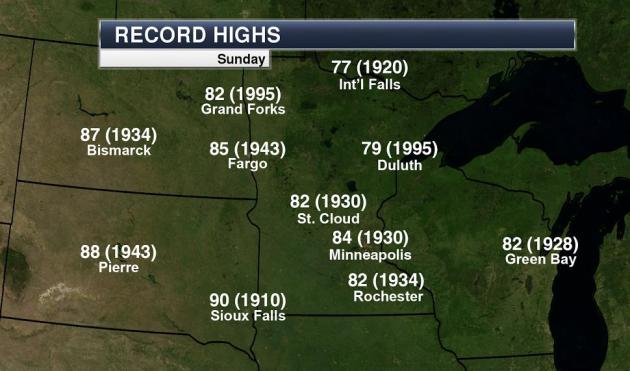
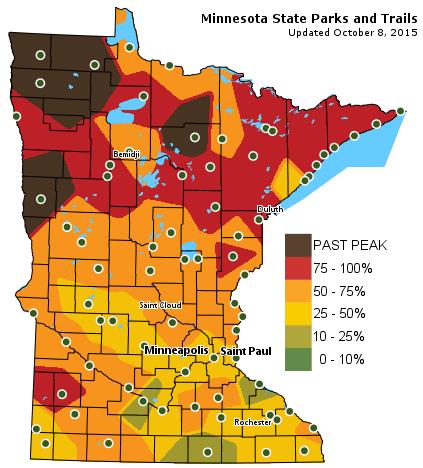



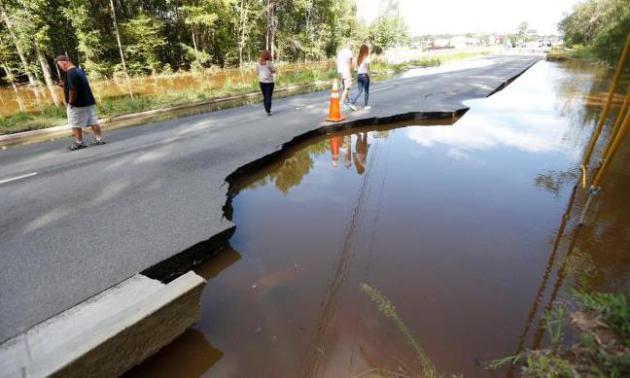

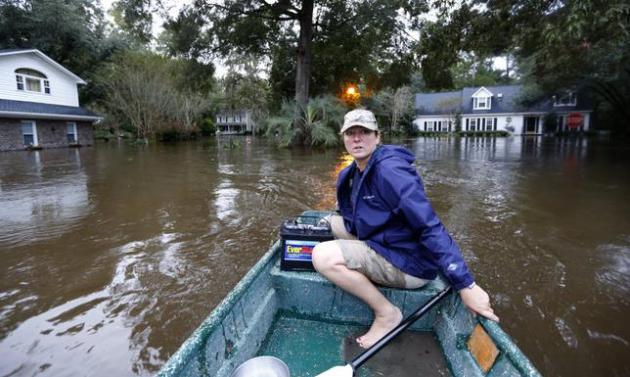

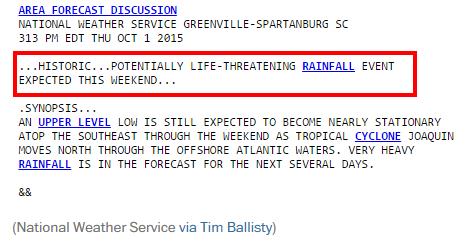


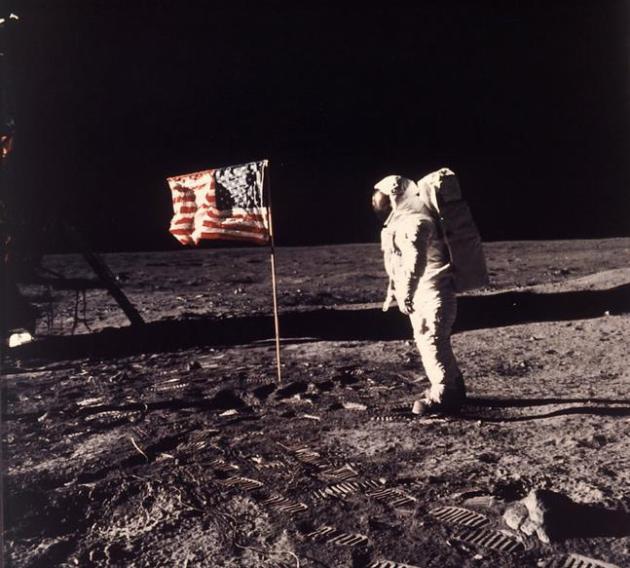



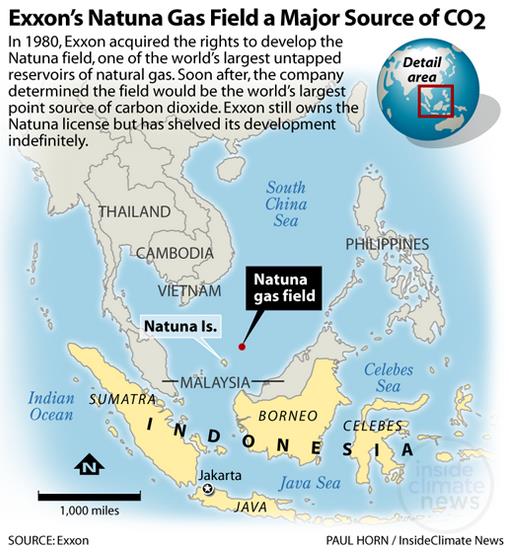





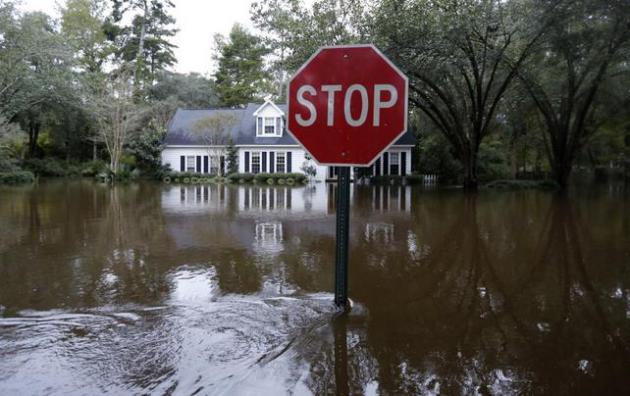


Hello to all My viewers in the worldwide my name is Lucy Steve white, I am from the New Arizona,United State, am here to testify of how i got my loan from Mr birry after i applied 5 times in my country from various loan lenders who claimed to be lenders they all fail me without give me the loan,i thought their genuine lender my country where i can real applied but they never gave me loan until a friend of mine introduce me to Mr birry lapo company the l.a.p who promised to help me with a loan of my desire and he really did it as he promised without any form of delay, I never know thought there are still reliable loan lenders until i met Mr birry company, who really helped me with my loan and changed my life for the better now.I don't know if you are in need loan. So you are feel free to contact Mr birry he I offer loan to individual and public sector and certified them in a low interest rate of 2%. Bad credit acceptable with any individual and public sector that are in need of financial Assistance it those not matter were he is all you need is money there people who are richer than white.email MR {birrylapomicrofianacebank@gmail.com}for your own help or call via +2574881207. thank you for reading my massage from STEVE LUCY
ReplyDelete